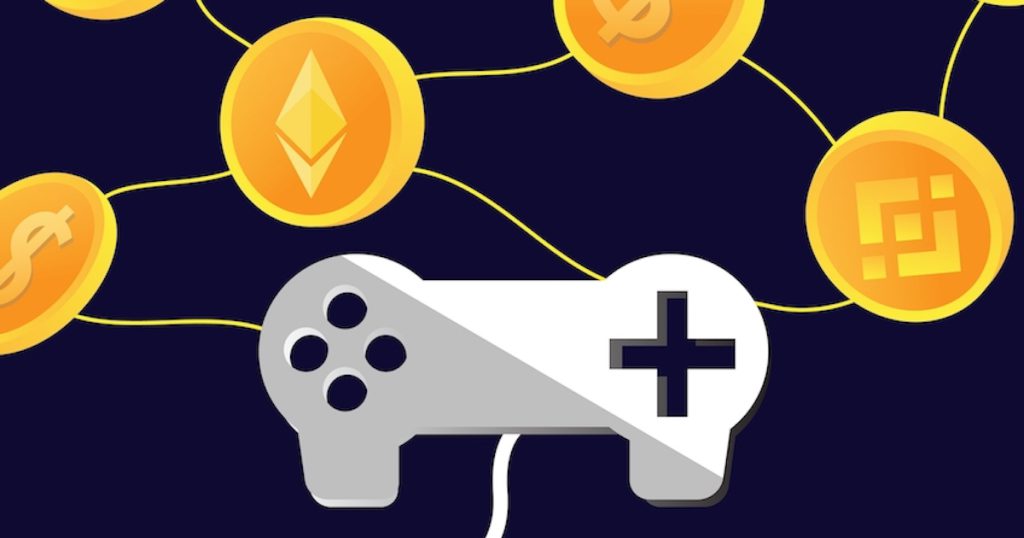Getting started with blockchain | I heard that the counterparty trading on the trading platform is sometimes not a person?
In the field of cryptocurrency, trading robots are a very common phenomenon. No matter which trading platform, it is full of various trading robots, some are deployed by the trading platform itself to increase the depth of trading; some are deployed by users, through the robot's automation strategy to achieve "arbitrage."
So, what is a cryptocurrency trading robot? How do they work? let's get to know it today.

1, cryptocurrency trading robot
A cryptocurrency trading robot is a software program that automates trading on a trading platform. It has access to the user's account and automatically places orders, and the transaction process is managed by a computer, providing speed and precision that humans cannot achieve.
- Opinion: Will the traditional currency circle “sit and wait” before the regular army arrives?
- Babbitt column | "Does one chain alone" feasible?
- You have to look at the status of PoS: hot back, Staking is still worth looking forward to?
These robots are very useful, from trading to building custom index strategies to advanced real-time arbitrage across trading platforms, and the possibilities are almost endless. Each trading robot typically implements a trading strategy that relies on algorithms created by application developers.
2. How the trading robot works
The cryptocurrency trading robot works for users by accessing data on the trading platform. Each user can provide their cryptocurrency robot with their API public key and API private key, granting them access to the account.
The API is a way for external applications to access trading platform data. Through these APIs, trading robots can request access to up-to-date market data, conduct transactions on behalf of users, or collect information about the amount of funds in a user's account. The transaction robot is granted access to the user's account only when the user explicitly provides the API key to the application.
At any time, the user can revoke access by deleting the API key on the trading platform to ensure the security of the account.
API keys for trading robots typically have a variety of different settings. The two core settings required for trading robots are the ability to collect "balance" data and "transactions" from trading accounts.
Please note that trading robots usually do not need to access and manipulate "cash out". If the trading robot needs this access, you need to pay attention, because the worst result may be that you will lose all your money.
3. Why use a trading robot?
The core purpose of trading robots is to automate operations that are too complex, time consuming, or difficult to perform manually. The complexity of these tasks includes automating a single trading strategy on a single trading pair and intelligent trading between any asset in multiple portfolios.
Some robots allow users to implement a complete portfolio management strategy, saving a lot of time. The robot can execute the strategy day and night, users do not have to stay online, and do not have to manually trade to adjust their portfolio.
In addition, trading robots are faster at collecting data, more accurate when placing orders, and can process numbers faster than anyone.
Have you used a trading robot? What is the experience? Welcome to share your views at the end of the article.
——End——
Produced|Baihua blockchain (ID: hellobtc)
『Declaration : This series of content is only for the introduction of blockchain science, and does not constitute any investment advice or advice. If there are any errors or omissions, please leave a message. You are not allowed to reprint this article by any third party without the authorization of the "Baihua Blockchain" sourced from this article. 』
We will continue to update Blocking; if you have any questions or suggestions, please contact us!
Was this article helpful?
93 out of 132 found this helpful
Related articles
- Tongcheng Holdings plans to change its name to Firecoin Technology, and its share price has risen by more than 18%.
- China's first 5G+ blockchain folk technology open source community and 5G chain network engineering task force will be officially launched
- At the 5G Chain Network Industry Innovation Summit, consider the impact of super-smart rise on 5G, artificial intelligence and blockchain
- When the insurance industry encounters blockchain
- Blockchain Industry Weekly: Total market capitalization fell 2.11% from last week, 70% of the top 100 projects fell to varying degrees
- Mars Finance "POW'ER 2019 Global Developer Conference" was successfully held in Beijing
- After the cross-chain, where is the next vent of the blockchain?






